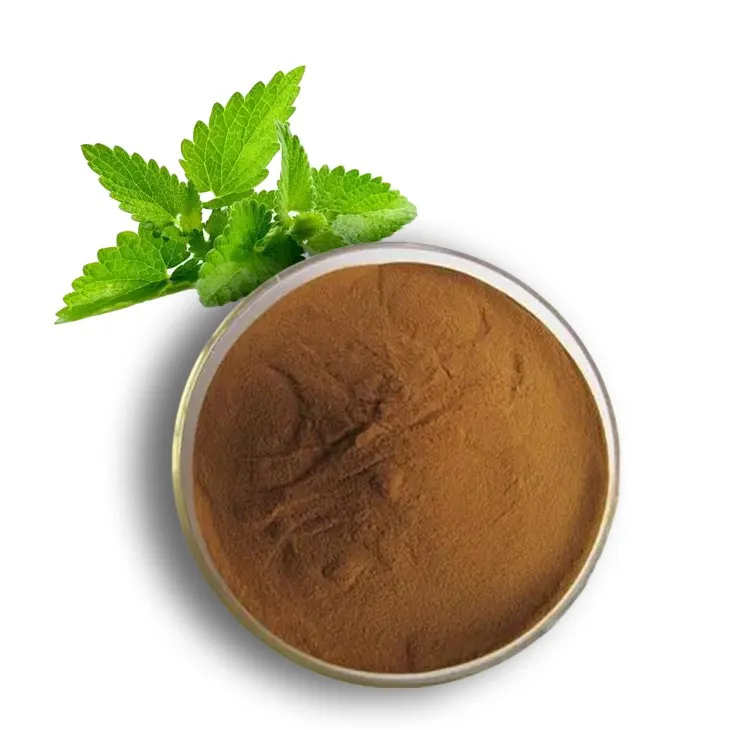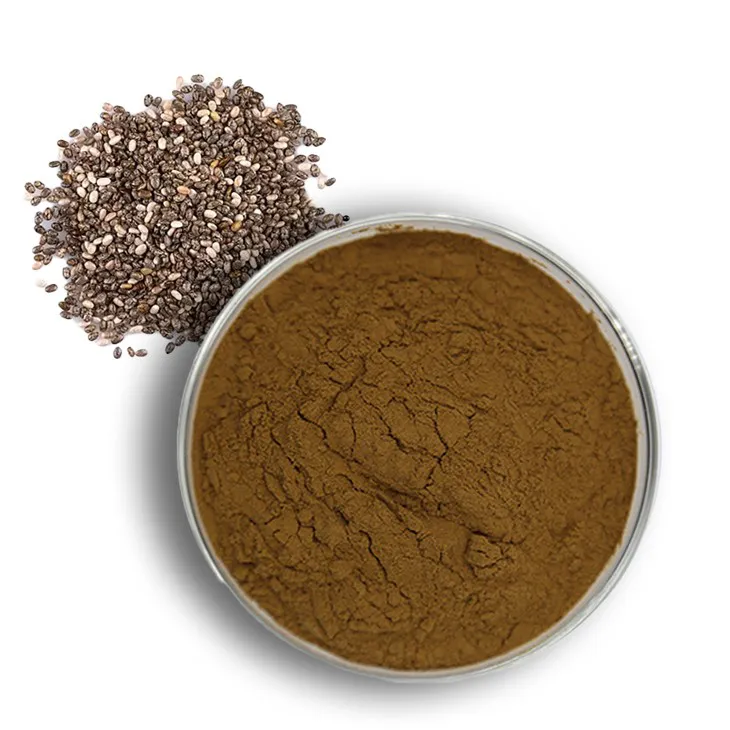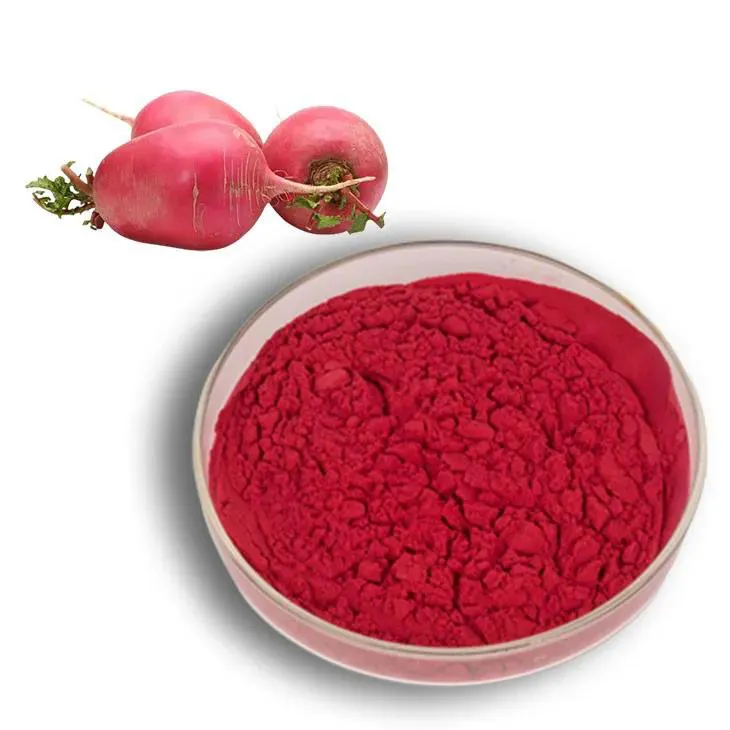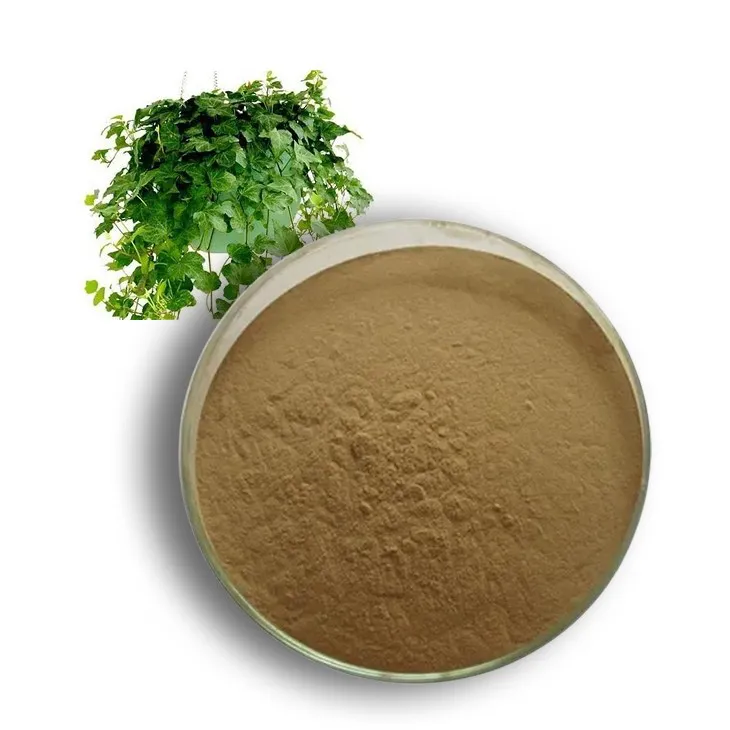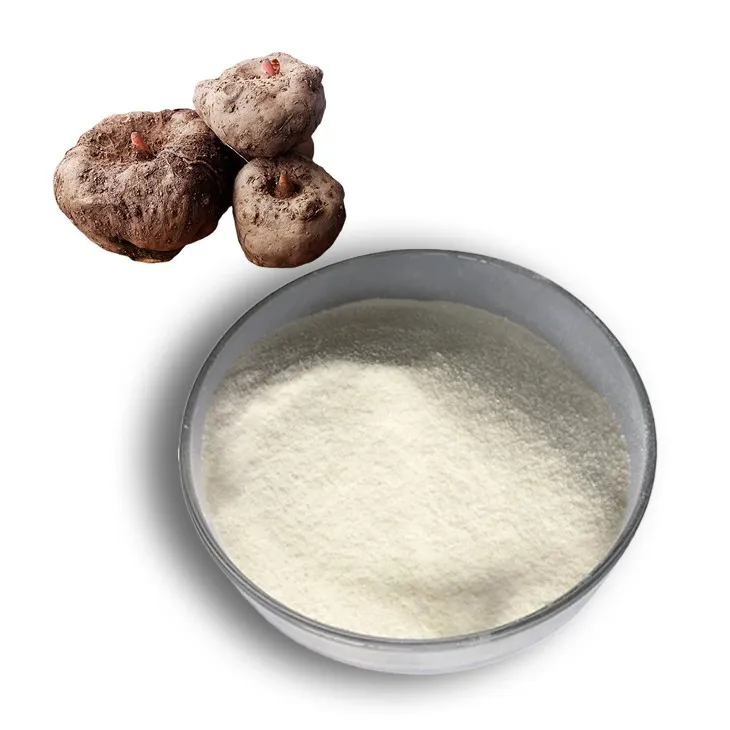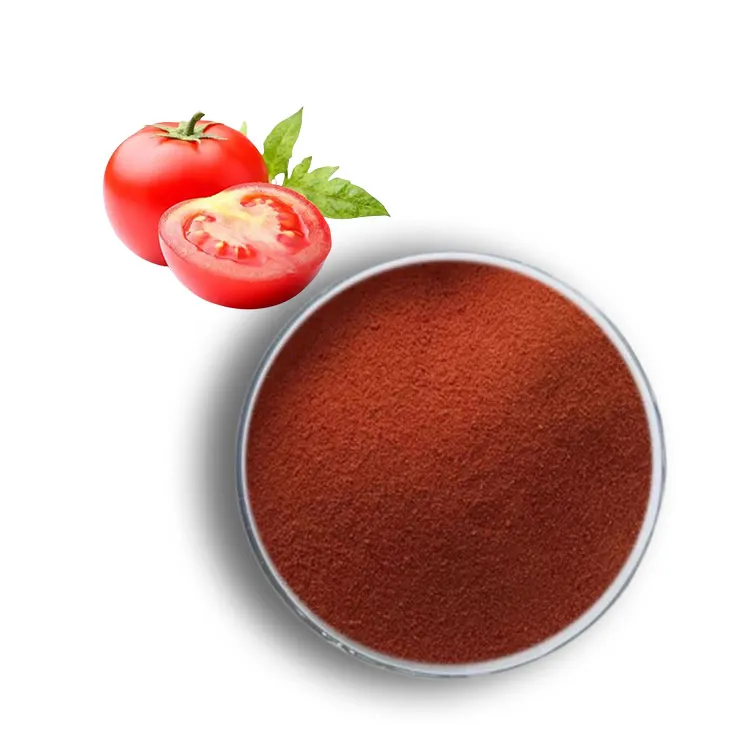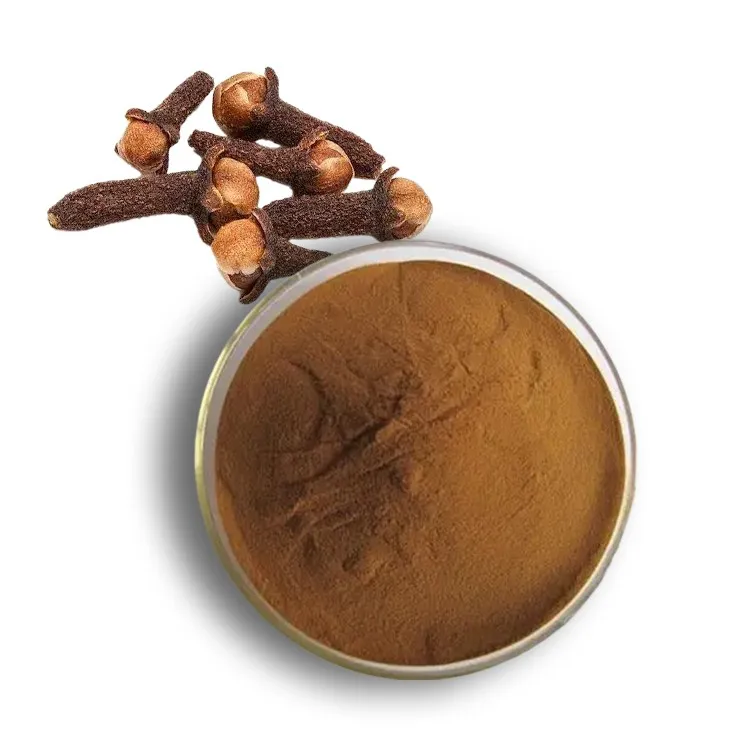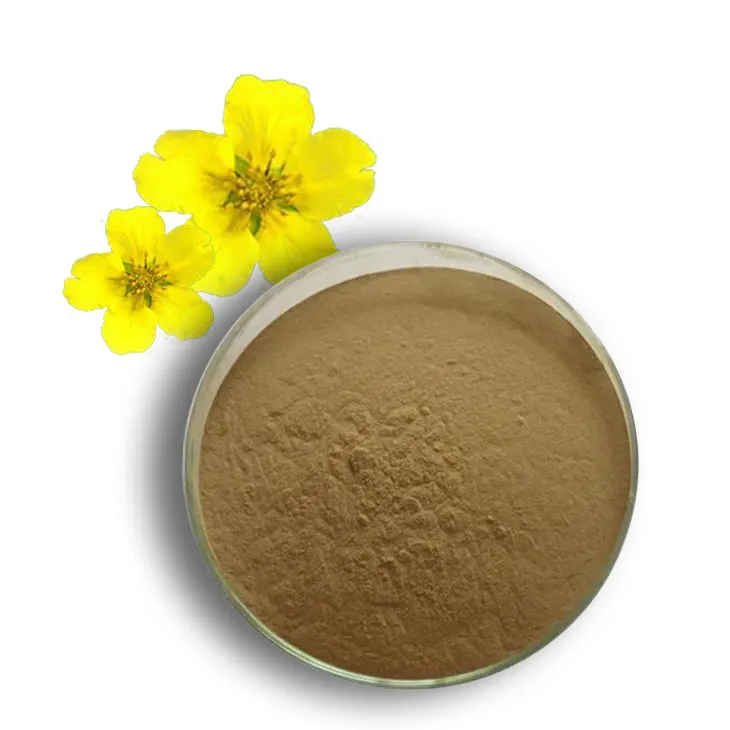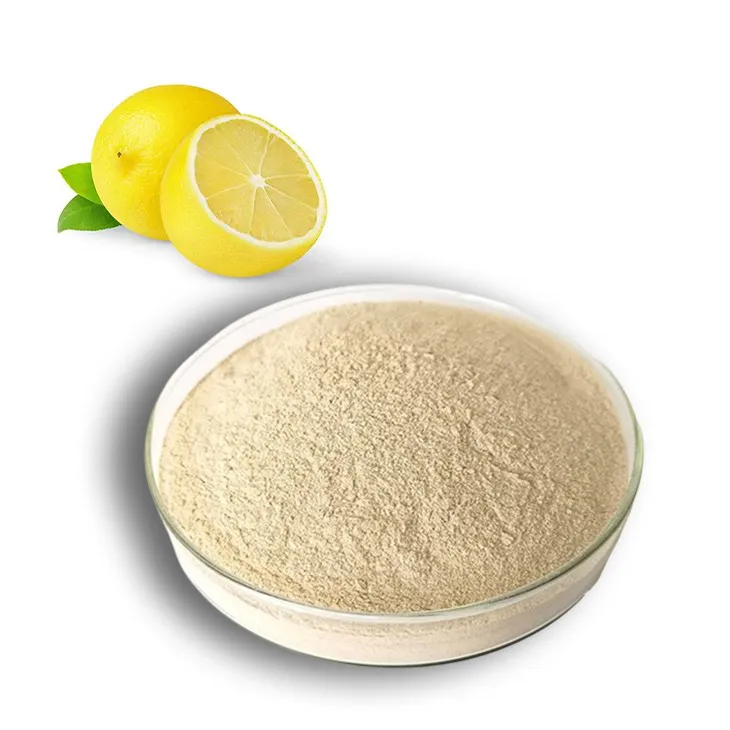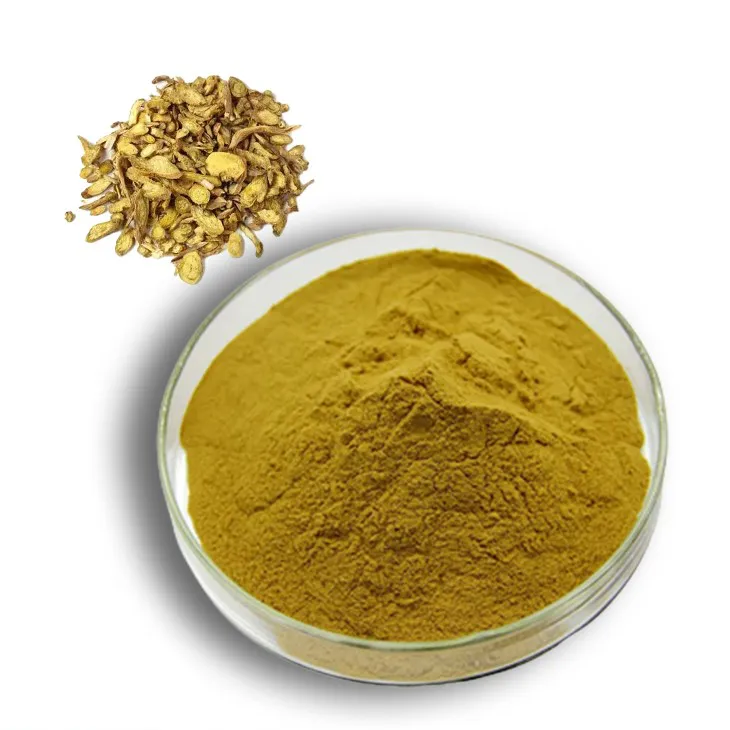- 0086-571-85302990
- sales@greenskybio.com
Four Main Methods for Extracting Moringa Powder from Plants.
2024-12-10
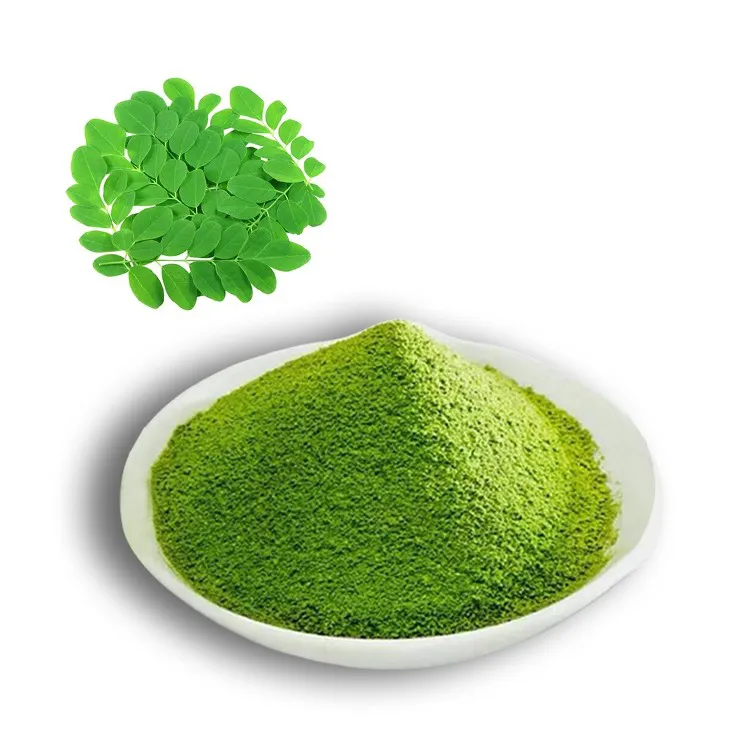
1. Introduction
Moringa, also known as the "miracle tree," has gained significant attention in recent years due to its numerous health benefits. Moringa powder, which is rich in nutrients such as vitamins, minerals, and amino acids, can be extracted from different parts of the moringa plant. In this article, we will explore four main methods for extracting Moringa powder from plants, discussing their details, advantages, and potential applications.
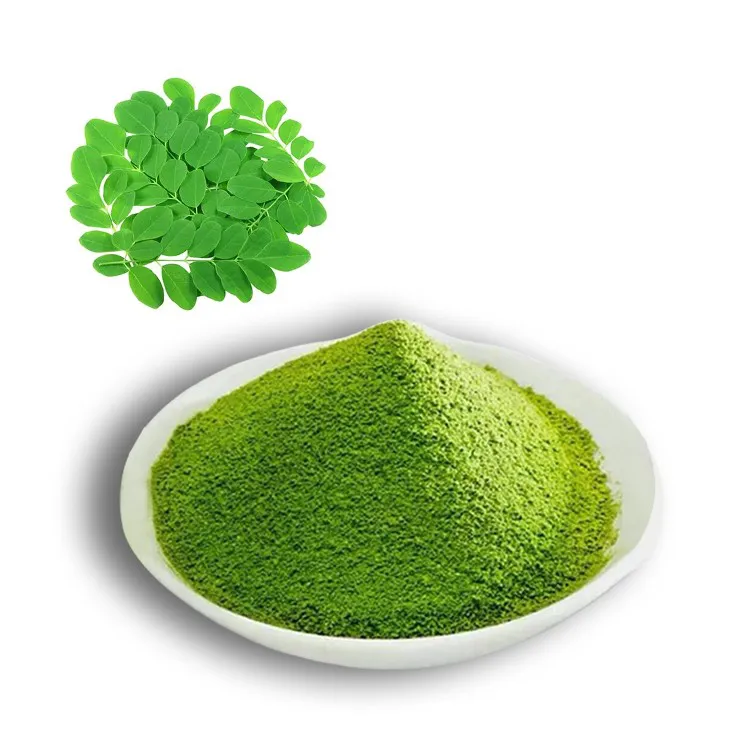
2. Sun - Drying Method
2.1 Process Description
The sun - drying method is one of the simplest and most traditional ways to extract Moringa powder. Firstly, the fresh moringa leaves, pods, or seeds are harvested from the plant. These parts should be carefully selected to ensure their quality and freshness. Then, they are washed thoroughly to remove any dirt, debris, or insects. After that, the washed moringa parts are spread out in a single layer on a clean, dry surface, such as a tray or a mat. The drying process takes place under direct sunlight. It usually takes several days for the moringa parts to dry completely, depending on the weather conditions. During this time, it is important to turn the parts occasionally to ensure even drying. Once the moringa parts are completely dry and brittle, they can be ground into a fine powder using a mortar and pestle or an electric grinder.
2.2 Advantages
- Cost - effective: This method requires no special equipment other than a simple drying surface and a grinding tool, which makes it very affordable, especially for small - scale producers or home users.
- Natural: Sun - drying is a natural process that does not involve the use of any chemicals. This preserves the natural nutrients and properties of the moringa plant, making the resulting powder a more natural and healthy product.
- Energy - saving: Since it relies on the sun's energy, it does not consume any electricity or other energy sources, which is beneficial for the environment and reduces production costs.
2.3 Potential Applications
The moringa powder obtained by the sun - drying method can be widely used in various fields. In the food industry, it can be added to smoothies, baked goods, or used as a natural seasoning. In the cosmetic industry, it can be used in skin care products such as face masks and creams due to its moisturizing and nourishing properties. Additionally, it can also be used in traditional medicine as a dietary supplement to improve overall health.
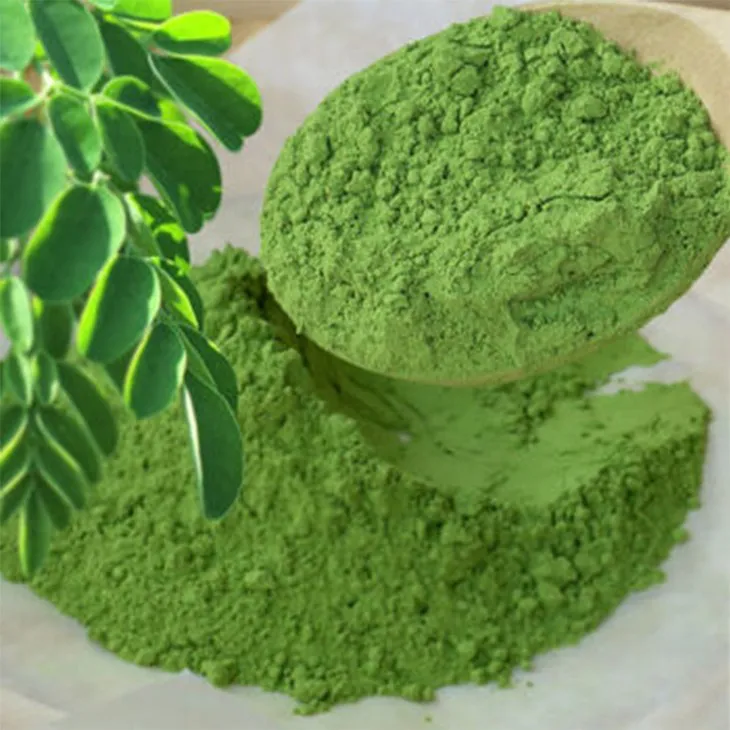
3. Oven - Drying Method
3.1 Process Description
When using the oven - drying method, the fresh moringa parts are also harvested and washed first. Then, they are pre - treated if necessary. For example, the leaves may be blanched briefly in boiling water to inactivate enzymes that could cause spoilage. After that, the moringa parts are placed on a baking tray lined with parchment paper. The oven is set to a low temperature, usually between 40 - 60°C. The drying time varies depending on the type and quantity of the moringa parts, but it generally takes several hours to a day. It is important to monitor the drying process regularly to ensure that the parts do not burn or over - dry. Once the moringa parts are dry, they can be removed from the oven and cooled before being ground into powder.
3.2 Advantages
- Controlled drying environment: Unlike sun - drying, which is dependent on weather conditions, the oven - drying method allows for better control of the drying environment. The temperature, humidity, and air circulation can be adjusted to ensure more consistent and faster drying.
- Shorter drying time: In general, the oven - drying method can dry moringa parts more quickly than sun - drying, especially in humid or rainy weather. This can increase production efficiency.
- Higher quality control: The ability to control the drying process means that there is less risk of contamination or spoilage. This results in a higher - quality moringa powder with more stable nutrient content.
3.3 Potential Applications
The moringa powder produced by oven - drying is also suitable for a wide range of applications. In the food sector, it can be used in the production of functional foods and dietary supplements. In the pharmaceutical industry, it can be further processed into tablets or capsules for medicinal use. Moreover, it can be incorporated into animal feed to improve the health and growth performance of livestock.
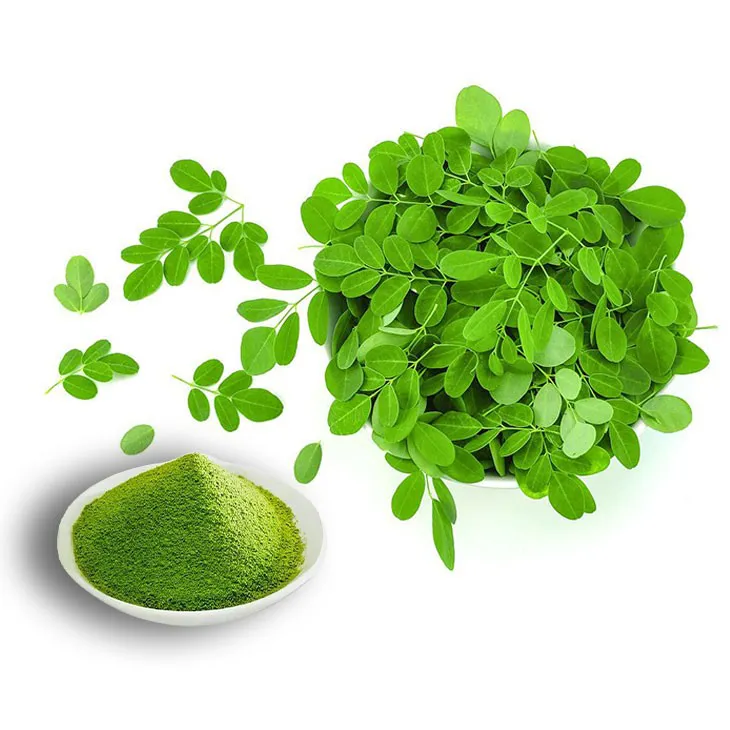
4. Freeze - Drying Method
4.1 Process Description
Freeze - drying, also known as lyophilization, is a more advanced method for extracting moringa powder. First, the fresh moringa parts are quickly frozen at a very low temperature, usually below - 40°C. This freezing process helps to preserve the cellular structure of the moringa plant. Then, the frozen moringa parts are placed in a freeze - dryer, where the pressure is reduced and the ice is sublimated directly from the solid state to the gas state without passing through the liquid state. This process is very gentle and helps to retain the maximum amount of nutrients and bioactive compounds in the moringa. After the freeze - drying process is complete, the dried moringa parts are very brittle and can be easily ground into a fine powder.
4.2 Advantages
- Maximum nutrient retention: Freeze - drying is considered the best method for preserving the nutrients and bioactive substances in moringa. Since the process does not involve high heat or the use of solvents, the vitamins, minerals, and other beneficial compounds are retained to a large extent.
- Long - term storage: The moringa powder obtained by freeze - drying has a very long shelf - life. It can be stored for a long time without losing its quality, which is beneficial for commercial production and distribution.
- High - quality product: The resulting moringa powder has a very fine texture and is of high quality. It is often used in high - end products such as health supplements and luxury cosmetics.
4.3 Potential Applications
Due to its high - quality and nutrient - rich nature, freeze - dried moringa powder is mainly used in the high - end market. In the health and wellness industry, it is used in premium dietary supplements, energy bars, and superfood blends. In the beauty industry, it is a key ingredient in high - end skin care products such as serums and anti - aging creams.
5. Dehydrator - Drying Method
5.1 Process Description
The dehydrator - drying method is similar to the oven - drying method but uses a specialized dehydrator. After harvesting and washing the moringa parts, they are placed on the dehydrator trays. The dehydrator is set to an appropriate temperature, usually between 40 - 50°C. The drying process can take several hours to a day, depending on the quantity and thickness of the moringa parts. During the drying process, the dehydrator circulates warm air evenly around the moringa parts, ensuring uniform drying. Once the moringa parts are completely dry, they can be ground into powder.
5.2 Advantages
- Even drying: The dehydrator is designed to provide uniform drying, which results in a more consistent quality of the moringa powder. There is less risk of some parts being over - dried while others are still moist.
- Flexible operation: Different dehydrators offer various settings such as temperature, time, and air - flow control. This allows producers to adjust the drying process according to the specific requirements of the moringa parts and the desired quality of the powder.
- Energy - efficient: Compared to some other drying methods, dehydrators are relatively energy - efficient, especially when used for small - to - medium - scale production.
5.3 Potential Applications
The moringa powder produced by the dehydrator - drying method can be used in a variety of applications. In the food industry, it can be used to make moringa - flavored snacks, such as chips or crackers. In the herbal tea industry, it can be added to tea blends for its health - promoting properties. It can also be used in natural health products as a general - purpose dietary supplement.
6. Conclusion
In conclusion, the four methods of extracting moringa powder from plants - sun - drying, oven - drying, freeze - drying, and dehydrator - drying - each have their own characteristics. The choice of method depends on various factors such as cost, production scale, desired quality, and intended application. For small - scale home use or in areas with abundant sunlight and limited resources, sun - drying may be a practical option. For larger - scale commercial production with higher quality requirements, oven - drying, freeze - drying, or dehydrator - drying may be more suitable. Understanding these methods can help producers and users make informed decisions in the extraction and utilization of moringa powder.
FAQ:
Question 1: What are the four main methods for extracting moringa powder from plants?
The article doesn't mention the specific four methods in this description, so we can't answer this question precisely at present. But generally, methods may include drying and grinding the moringa leaves directly, or using some solvent - based extraction followed by drying and powder formation processes, etc.
Question 2: What are the advantages of these extraction methods?
Since the specific extraction methods are not given, we can only assume in general. For example, direct drying and grinding might be a simple and cost - effective method. If there is a solvent - based extraction method, it may have the advantage of better separation of active ingredients, resulting in a more pure moringa powder with potentially higher nutritional or medicinal value.
Question 3: How do these extraction methods affect the quality of moringa powder?
Each extraction method can influence the quality differently. If the process is too harsh, like using high temperature in drying for a long time, it may destroy some of the heat - sensitive nutrients in moringa powder. On the other hand, if the extraction involves chemicals, improper removal of these chemicals may leave residues in the powder, affecting its purity and safety.
Question 4: Are these extraction methods suitable for large - scale production?
It depends on the nature of the methods. Some simple methods like direct drying and grinding may be easily scalable as they don't require complex equipment. However, if the method involves elaborate chemical or biological processes, it may be more difficult to scale up due to cost, equipment, and quality control issues.
Question 5: What are the potential applications of moringa powder obtained by these extraction methods?
Moringa powder can have various applications. In the food industry, it can be used as a nutritional supplement in products like smoothies, baked goods. In the cosmetic industry, it may be used in skin creams and hair products due to its potential beneficial effects on skin and hair health. In the pharmaceutical field, it may be used in the development of drugs or as a natural remedy for certain ailments.
Related literature
- The Science of Moringa Powder Extraction: A Comprehensive Review"
- "Advanced Techniques in Moringa Powder Production from Plants"
- "Moringa Powder Extraction: Traditional and Modern Approaches"
- ▶ Hesperidin
- ▶ Citrus Bioflavonoids
- ▶ Plant Extract
- ▶ lycopene
- ▶ Diosmin
- ▶ Grape seed extract
- ▶ Sea buckthorn Juice Powder
- ▶ Fruit Juice Powder
- ▶ Hops Extract
- ▶ Artichoke Extract
- ▶ Mushroom extract
- ▶ Astaxanthin
- ▶ Green Tea Extract
- ▶ Curcumin
- ▶ Horse Chestnut Extract
- ▶ Other Product
- ▶ Boswellia Serrata Extract
- ▶ Resveratrol
- ▶ Marigold Extract
- ▶ Grape Leaf Extract
- ▶ New Product
- ▶ Aminolevulinic acid
- ▶ Cranberry Extract
- ▶ Red Yeast Rice
- ▶ Red Wine Extract
-
Peppermint Extract Powder
2024-12-10
-
Chia Seed Powder
2024-12-10
-
Beetroot juice Powder
2024-12-10
-
Ivy Extract
2024-12-10
-
Konjac Powder
2024-12-10
-
Lycopene
2024-12-10
-
Clove Powder
2024-12-10
-
Tormentil Extract
2024-12-10
-
Lemon Extract
2024-12-10
-
Scutellaria Extract
2024-12-10











